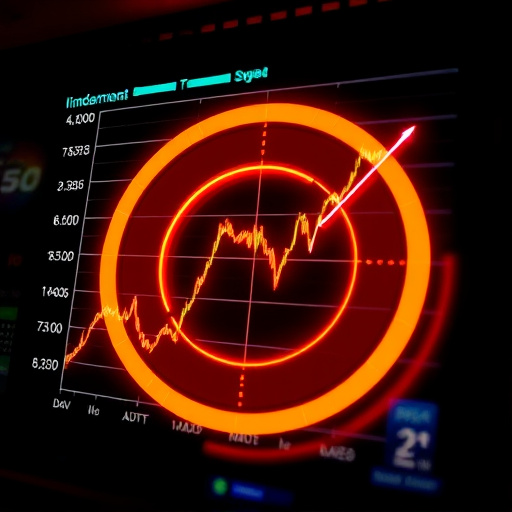Stop loss is a powerful risk management tool for traders, automatically selling assets at a predefined price to limit potential losses. Placement varies based on strategy and risk tolerance, from historical support/resistance levels to fixed distances from entry prices. Balancing risk and reward is crucial, as improper placement can lead to missed opportunities or excessive losses. Beginners should use stop loss orders to protect investments and gain confidence while trading.
Introducing our beginner-friendly guide to demystifying one of trading’s most powerful tools—the stop loss order. In today’s financial markets, understanding stop losses is crucial for risk management. This article simplifies this concept, offering a comprehensive overview for newcomers. We’ll explore the fundamentals, guiding you through the process of setting and optimizing your stop loss strategy. From defining your risk tolerance to choosing the right entry and exit points, these insights will empower traders to make informed decisions and navigate markets with confidence.
- Understanding Stop Loss: The Basic Concept
- Setting Your Stop Loss: Where to Place It
- Managing Risks: Optimizing Your Strategy
Understanding Stop Loss: The Basic Concept

Stop loss is a fundamental concept in trading, designed to protect investors from significant losses. It’s essentially an instruction given to your broker to sell an asset—like stocks or cryptocurrencies—when it reaches a specific price. This automatic sale triggers when the market moves against you, helping to limit your potential downside.
The basic idea behind stop loss is simplicity itself: define a price at which you’re willing to let go of a position to avoid substantial losses. This proactive approach lets traders manage risk effectively, especially in volatile markets. By setting a stop loss order, you can trade with more confidence, knowing that your potential losses are capped at a predetermined level.
Setting Your Stop Loss: Where to Place It

Setting your stop loss is a crucial step in managing risk, especially for beginners in trading. The ideal placement depends on your strategy and risk tolerance. A common practice is to place it just below recent support levels (for long positions) or just above resistance levels (for short positions). This approach leverages historical price action to define potential turning points.
Alternatively, some traders set their stop loss a fixed distance away from the entry price, such as 1-2% for more conservative trading. This method provides a simple rule to follow but may not account for volatility spikes. Balancing risk and reward is key; setting your stop loss too far can result in significant losses, while placing it too close might limit potential gains.
Managing Risks: Optimizing Your Strategy

Managing risks is a fundamental aspect of trading, and one of the key tools in your arsenal is the stop loss order. A stop loss is an instruction to sell your asset when it reaches a certain price, automatically limiting potential losses. This simple yet powerful strategy is essential for beginners looking to optimize their approach. By setting a stop loss, you can protect your investment from significant drops, ensuring that even if the market moves against you, your losses are capped at a predetermined level.
This risk management technique allows traders to maintain a level of control and discipline. It’s particularly useful in volatile markets where prices can fluctuate rapidly. Optimizing your strategy with stop losses provides a safety net, enabling beginners to gain confidence as they learn the ropes of trading. Remember, while managing risks is crucial, it’s equally important to place stop losses at sensible levels based on market analysis to avoid missing potential profit-making opportunities.
Stop loss is a fundamental tool for any beginner trader looking to manage risks effectively. By understanding the basic concept, placing it strategically, and optimizing your strategy, you can navigate the markets with greater confidence. Remember, a well-placed stop loss isn’t just about cutting losses; it’s about preserving capital and setting yourself up for potential gains. Incorporate these simple steps into your trading routine to make informed decisions and stay in control of your investments.
